From a plant that flowers underground to one that looks like a monkey's face, there's a plethora of weird plants out there. Here are our favourites...
Weirdest plants in the world
Corpse flower

The accolade of the world's smelliest plant belongs to the titan arum (Amorphophallus titanum) also one of the world's weirdest flowers. Due to its unpleasant smell, it's also known as the 'corpse flower'. Native to rainforests on the island of Sumatra, the plant can also be seen in botanical gardens across the globe.
The stench of a blooming corpse flower has been compared to everything from rotting flesh and hot garbage to sweaty socks and fish
Fairy lantern

Lacking leaves and chlorophyll and unable to photosynthesise, the dainty fairy lantern is definitely worthy of a place on the weirdest plants list. It is nourished by subterranean fungi (mycoheterotrophy) and is only visible when in flower, a tiny flower that is just 10-18mm tall. The species was discovered by Italian botanist Odoardo Beccarii in 1866, but remained unseen until 2018.
Thurber's stemsucker
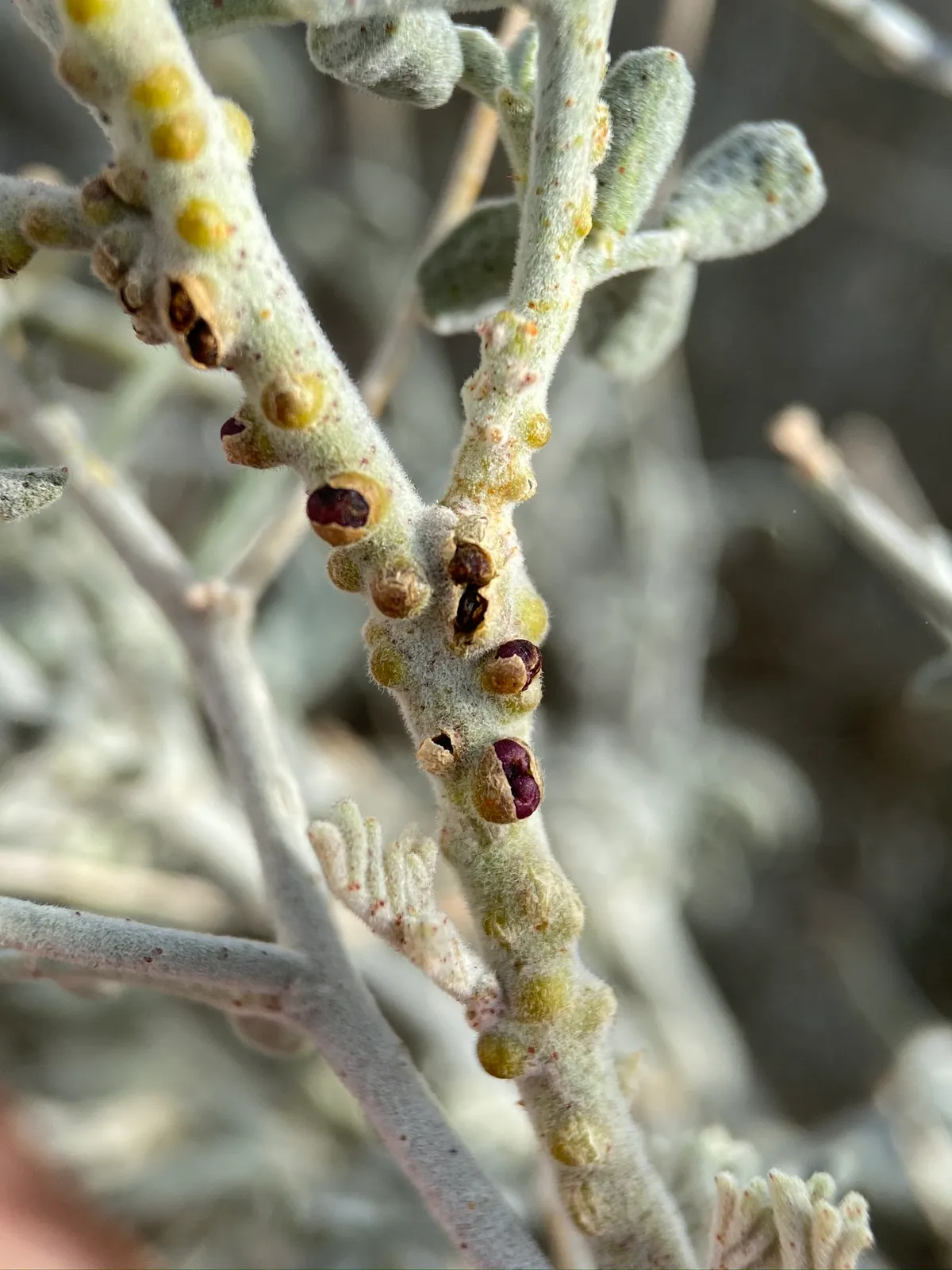
It has no roots or leaves of its own. In fact, it consists of little more than these minuscule flowers, which attract pollinators with a strong, fruity fragrance. Stemsuckers have conventionally been classified with Rafflesia – another parasite, albeit one that produces the largest single flower on Earth – though they are now thought to be the unlikely relatives of cucumbers and pumpkins.
Flowers rarely sprout directly from a plant’s woody stems. But these diminutive blooms don’t even belong to the plant whose stem they are sprouting from. Thurber's stemsucker is a tiny parasitic plant that grows within the tissues of other species in the deserts of southern USA and Mexico. Stuart Blackman
Hydnora africana
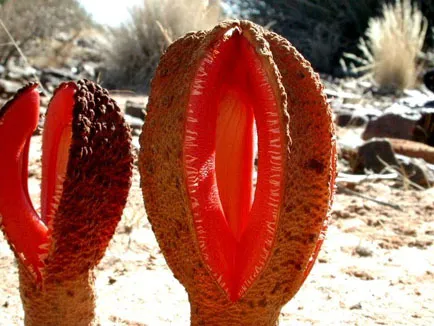
It looks like an extra-terrestrial being that fell to Earth, but this is the flower of Hydnora africana, which lives in the deserts of Southern Africa. The plant is unusual in having no roots, leaves or chlorophyll and, apart from its flower, living entirely underground.
It behaves like a subterranean vampire, using suckers on its stem to draw out juices from the roots of its prey, the shrubby Euphorbia mauritanica. The only sign of the plant above ground is when the flowerbud bursts up, swells and opens its shocking pink bloom.
Nepenthes lowii
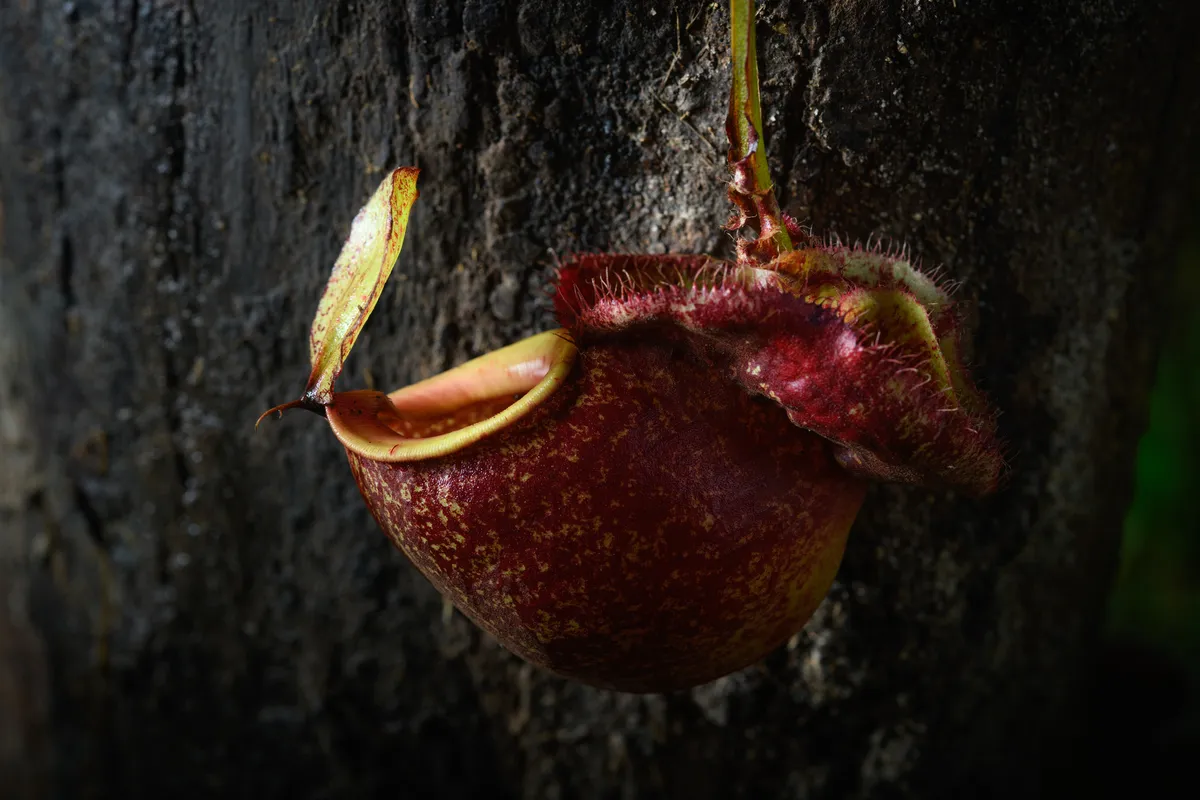
They’re like toilets on a stick – for tree shrews. Meet Nepenthes lowii, the world’s only known plant that actively collects and consumes poo.
Funnel-shaped, with a permanently open lid slathered in buttery nectar, the pitcher attracts a regular patron with a sweet tooth – the mountain tree shrew. The funnel itself is wide and shallow – an ideal place for a shrew to defecate while dining. With its customer’s backside positioned directly above its mouth, the pitcher catches any droppings.
Dracula orchid

Orchids hold the title of the largest family of plants on the planet. With about 28,000 recognised species, there’s vast variety in their forms. Some of these delightfully diverse blooms even bear a remarkable resemblance to something else entirely – from swaddled babies and ‘laughing’ bees to flying ducks and naked men. Those in the genus Dracula, such as Dracula benedictii, which is found in Colombia, are often referred to as ‘monkey face orchids’, as many people see some semblance to simians, rather than a bloodthirsty Transylvanian count.
Dragon's blood tree
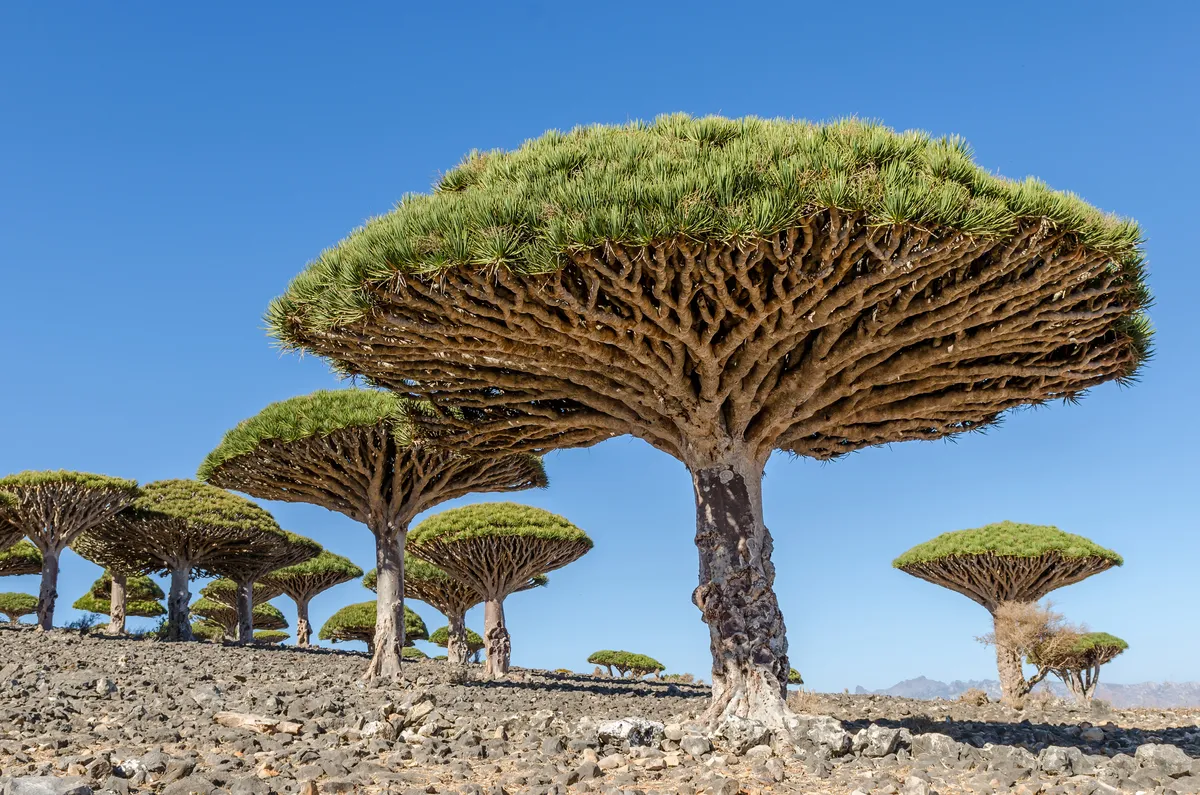
From afar, they look rather like the cartoon trees a young child might draw, or huge umbrellas blown inside out. Dragon’s blood trees are unique to the desert island of Socotra, a hotbed of evolution lying off the coasts of Yemen and Ethiopia, where soils are thin and rain scarce.
Their unusual shape traps precious moisture from sea mists. Water condenses on the trees’ waxy leaves, then dribbles down branches to the grateful roots. The dense foliage helps to reduce water loss. Why the strange name? If cut, the bark ‘bleeds’ a reddish resin, which has long been tapped and dried for sale as a medicine or dye. According to legend, the trees grow where blood was spilled during a titanic battle between an elephant and dragon. Ben Hoare
Rainbow eucalyptus

It’s hard to beat an arboreal display of autumn colour. But it’s usually the foliage, not the bark, that takes one’s breath away. And the rainbow eucalyptus doesn’t even limit its display to the autumn. Eucalyptus trees, of which there are more than 700 species, are about as Australian as the koalas that munch on their foliage. The rainbow, though, is one of only four species that aren’t found there at all, with a range encompassing Indonesia, Papua New Guinea and the Philippines. Unsurprisingly, it has proved a popular ornamental export – this colourful specimen was photographed in Costa Rica. Stuart Blackman
Flying duck orchid
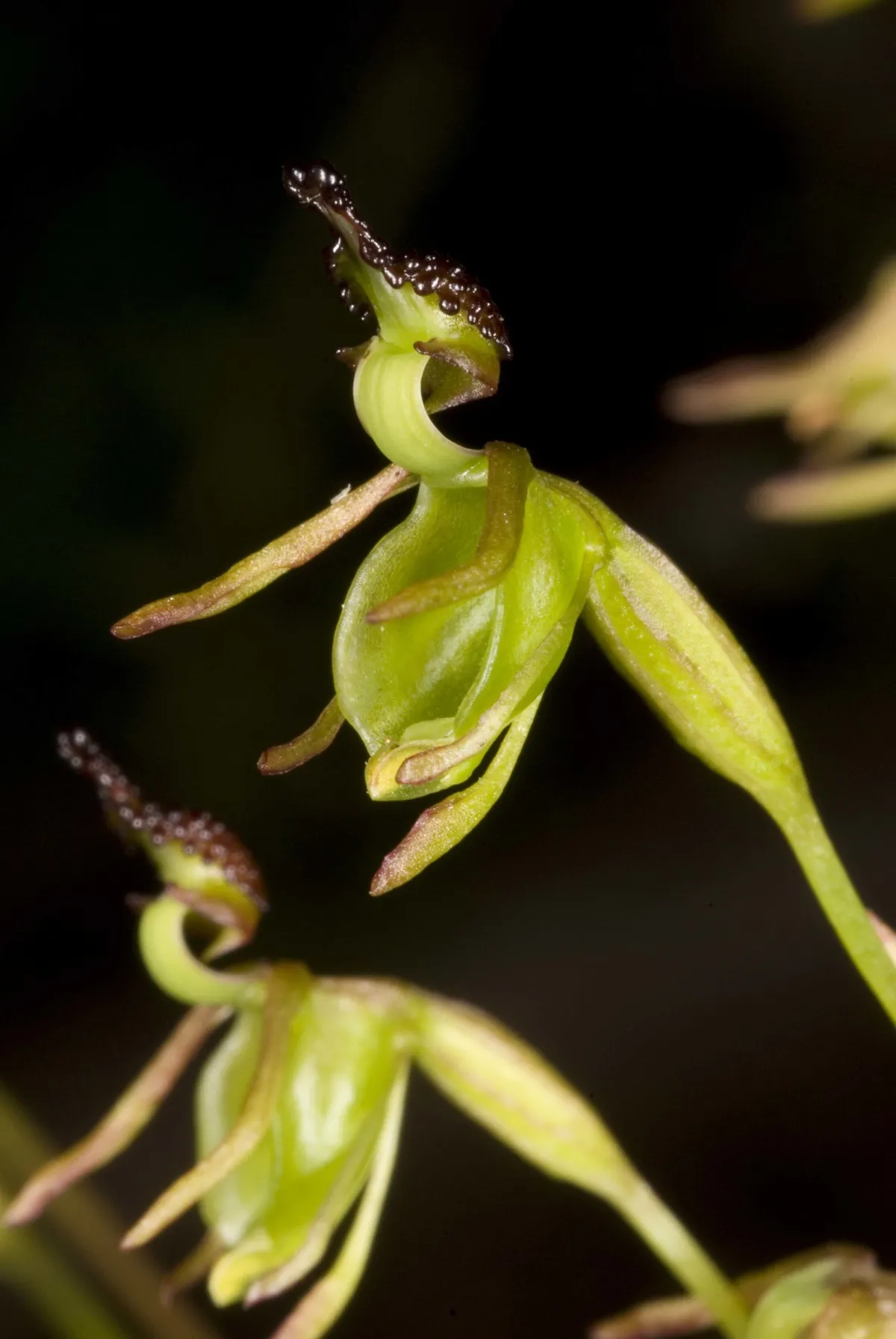
No prizes for guessing how the flying duck orchid got its name. So uncanny is the similarity to its avian namesake that there is fun to be had trying to identify the precise species – and even the gender – of duck involved (any advance on male mallard?). The only slight disappointment is that this remarkable Australian plant is not pollinated by waterfowl. The resemblance is apparently purely coincidental – it instead attracts male sawflies. The species was first described from a specimen collected in 1803 from Bennelong Point, today the site of the Sydney Opera House. It can still be found in coastal habitats in Queensland, New South Wales and Tasmania.
Discover more weird and wonderful wildlife
